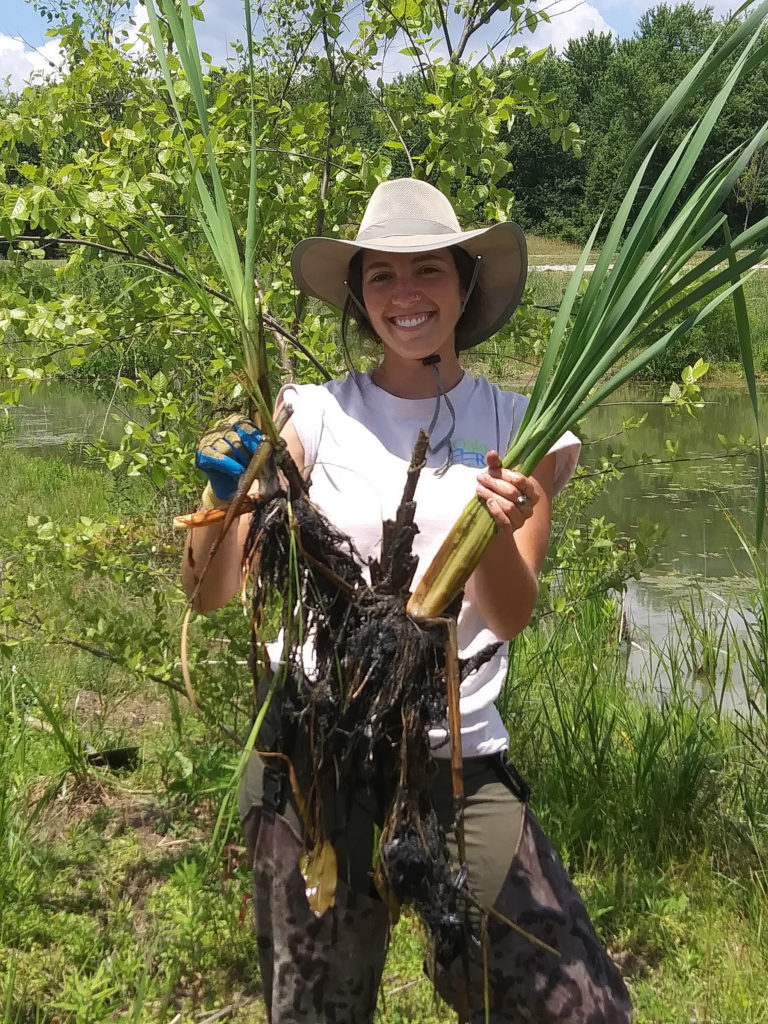
Submitted by the Ohio River Foundation.
Ohio River Foundation (ORF) has launched Save Our Parks, an invasive species removal program. A division of ORF’s habitat restoration work, Save Our Parks will combat invasive species on public lands in the 22-county area around Greater Cincinnati.
“This program supports the efforts and goals of landowners to reduce land management costs by removing invasive species, restoring native habitats and reestablishing biodiversity to strengthen climate change resiliency,” said Rich Cogen, Ohio River Foundation’s executive director. “We’ve removed hundreds of thousands of invasive plants from hundreds of acres of park lands, and we’re now growing the program to improve even more public spaces.”
Examples of invasive plants in our region include Amur honeysuckle, Callery pear and lesser celandine. These invasive species are not native to the Ohio River watershed’s ecosystem. Often transported through human activities, they spread rapidly and crowd out native plants.
This creates an inferior habitat for native wildlife, including pollinators, and leads to a lack of biodiversity.
The overall result is an unhealthy forest that can be more susceptible to diseases, invasive species and the vagaries of climate change. It also serves as a seed bank, spreading invasive plants to other areas in the region.
Beyond these ecological problems, invasive plants present other issues for public lands managers.
They can be costly to trim and maintain; reduce visibility on public walking paths, leading to safety concerns; decrease property value; and are less aesthetically appealing.
“By developing an invasive species strategic management plan, we can help area parks get established invasive plant populations under control,” Cogen said. “We also offer training so that municipal employees can continue invasive plant maintenance.”
Ohio River Foundation has ongoing invasive species removal projects at Summit Park in Blue Ash, Kingswood Park in Deerfield Township and at Alms Park in conjunction with Cincinnati Parks.
“After we remove the invasive species, we see the native plants quickly bounce back,” Cogen said. “With native trees and wildflowers in place, native fauna return, and the ecosystem begins to function as it should.”
Ohio River Foundation (ORF) is dedicated to protecting and improving the water quality and ecology of the Ohio River and all waters in its 11-state watershed.
ORF works towards these goals through environmental education, conservation and advocacy activities that serve to inspire environmental stewardship for the benefit and enjoyment of current and future citizens.
In 2020, ORF celebrates its 20th anniversary of Ohio River watershed work.
During its history, the nonprofit has reached 50,000 students with its freshwater education programs; restored and reconnected more than 200 miles of rivers; removed four dams; planted 6,000 trees; and removed more than 300,000 invasive plants.
For more information, visit www.ohioriverfdn.org.
